Kawaki, a Community-Led Tree-Based Intervention for Climate Resilience: A Case Study
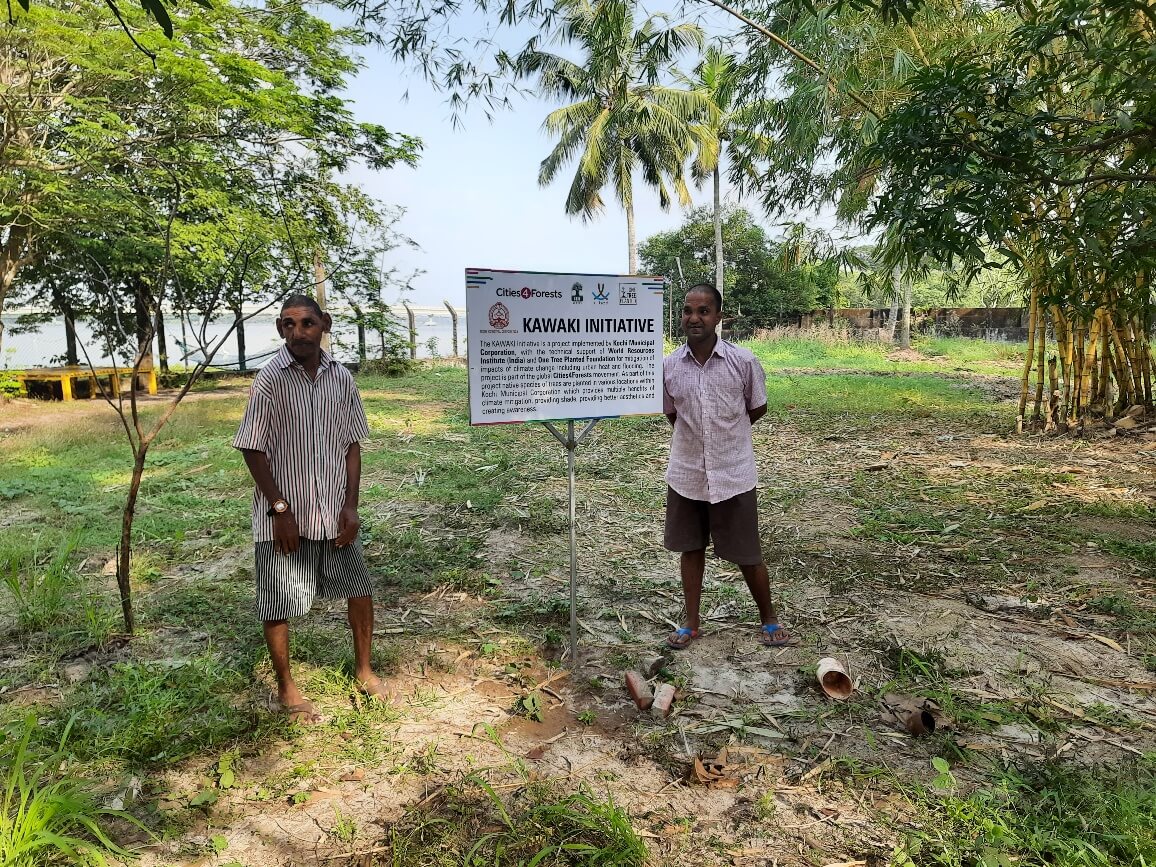
This is a second in a series of blogs on community-led tree-based intervention to build climate resilience. Please read the first blog here.
The name Kawaki, is formed from two Malayalam words, kawu (grove) and aki (make) which translates to "make a grove". It is also a community-led urban greening movement implemented in Kochi by the city municipal corporation with the technical support of WRI India under the Cities4Forests program. The focus of the project is to develop and conserve urban forests at extremely heat vulnerable localities in the city using trees with support of the local community.
Kawaki is a strategic urban greening program that follows a well-planned and implemented methodology. To start with, feasible open spaces for tree-based interventions are identified with the support of the local community through tactical urbanism tools like mapathons. In Kochi available spaces in clusters and along roads, waterways and property peripheries are mapped. As a next step, these maps are overlayed over heat maps of the city to strategically choose the priority planting locations.
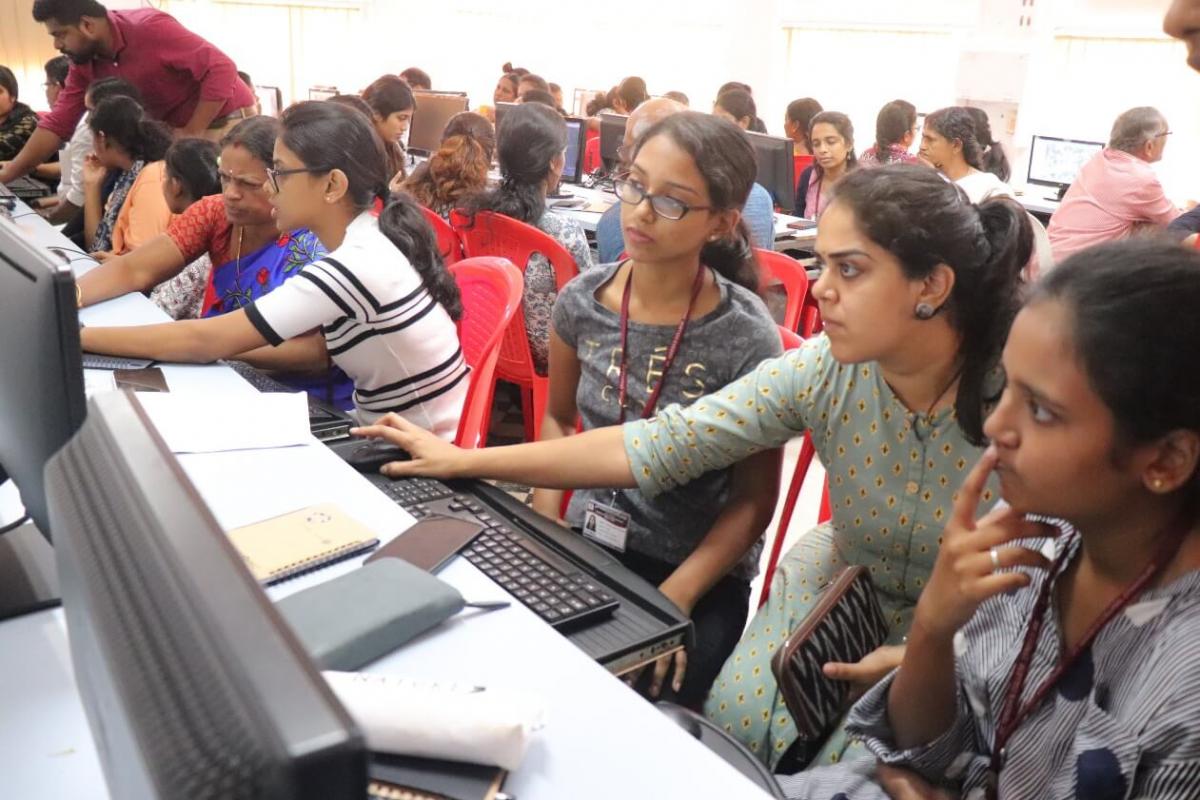
After initial site selection, all Kawaki sites are thoroughly studied by a team of community leaders, representatives from Kochi Municipal Corporation (KMC), technical experts from Kerala Forest Research Institute, from Center for Heritage, Environment & Development (c-hed), and WRI India. Then, if the site is confirmed, scientific land preparation including clearing debris, leveling, preparation of soil bed and soil replacement (if required) is performed to ensure tree sapling survival and enhanced growth.
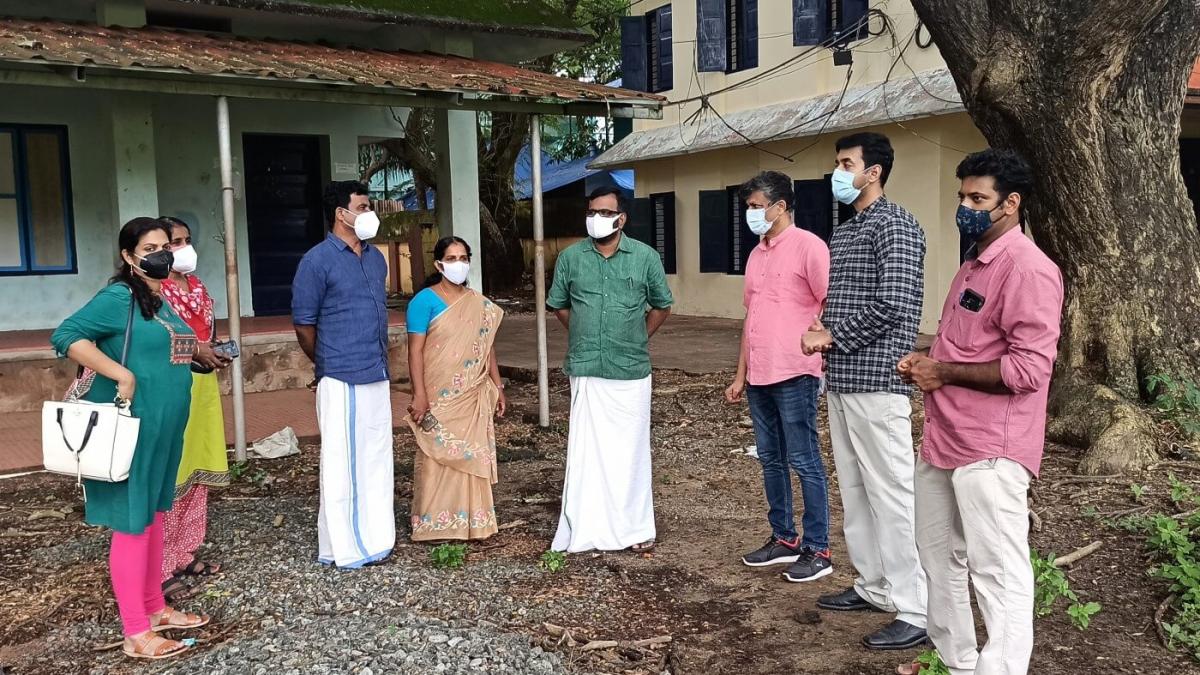
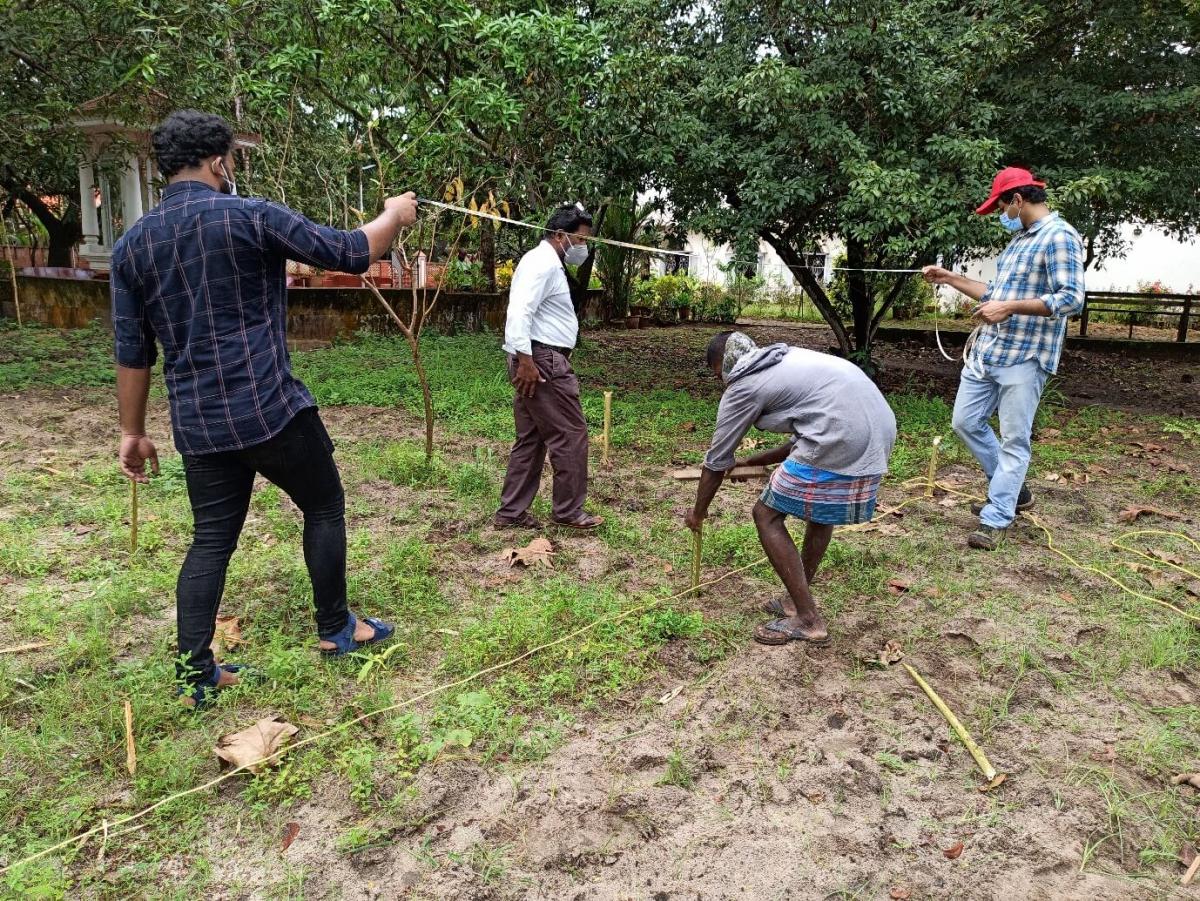
Once the sites are finalized, local stakeholders are given awareness and capacity building on the need for resilience against climate change through nature-based solutions (NBS) and ways to implement them. A system is also developed with their support to ensure the protection, care, and maintenance of urban forests until they are fully grown. Target local stakeholders are different in each case and include nearby residents, students and teachers from institutions, care-takers of buildings and members of organizations like Kudumbashree.
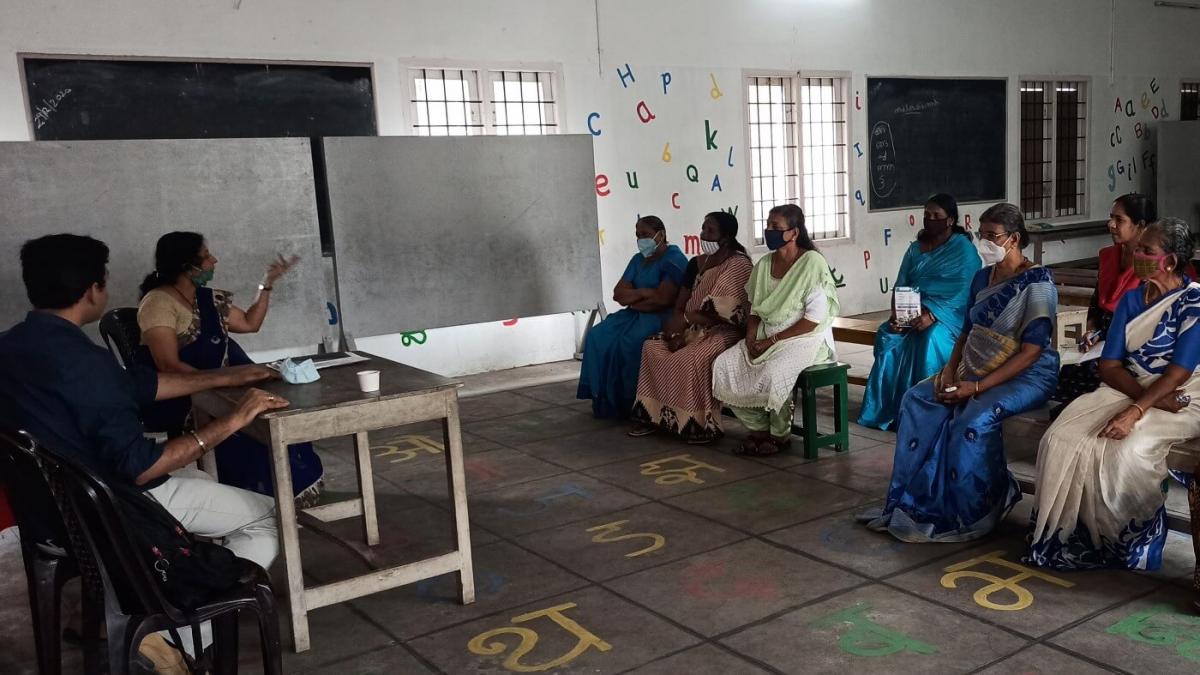
The first Kawaki site was inaugurated by the Kochi Mayor M. Anil Kumar and Fort Kochi MLA K.J. Maxi at Edward Memorial Government School in Fort Kochi on December 13, 2021. Over 100 native tree species saplings were planted then. A waste-laden marshland within the campus was converted into a beautiful urban forest of roughly 1,000 square meters. The site was developed as a combined effort. The ward councillor cleared the property, the regional youth club helped level the site and school authorities cared for the saplings.
Over a span of six months more than 10 such Kawaki sites have been developed and more are in the offing in heat and flood-stressed areas across Kochi.
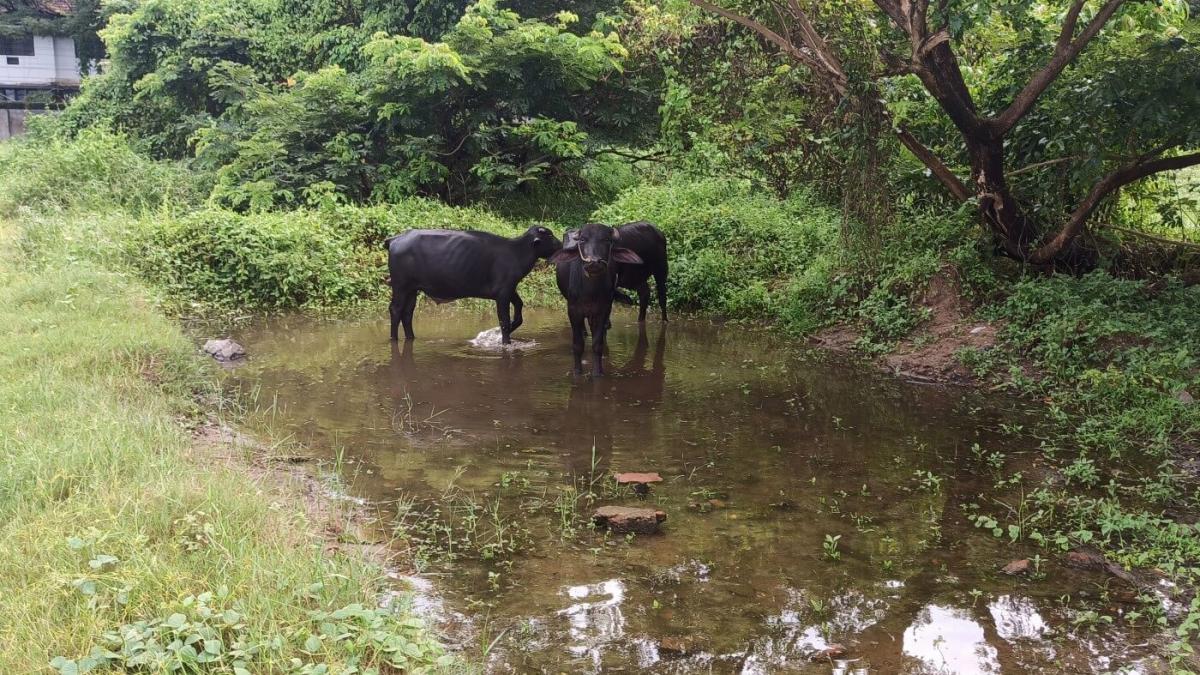
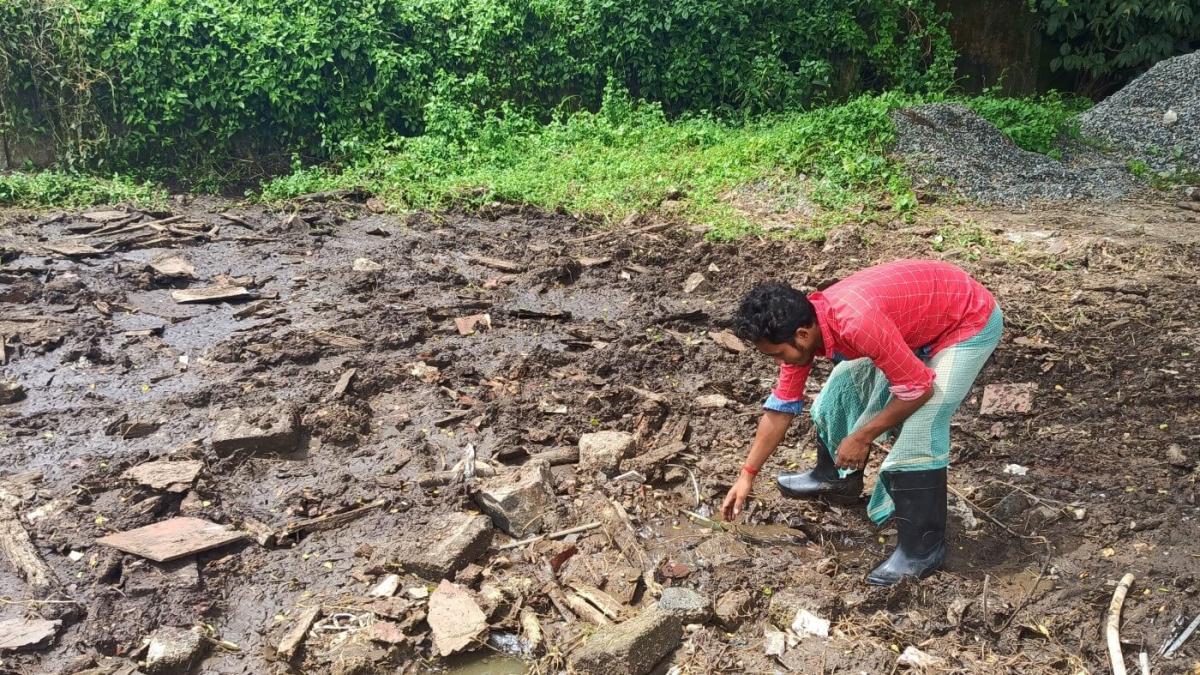
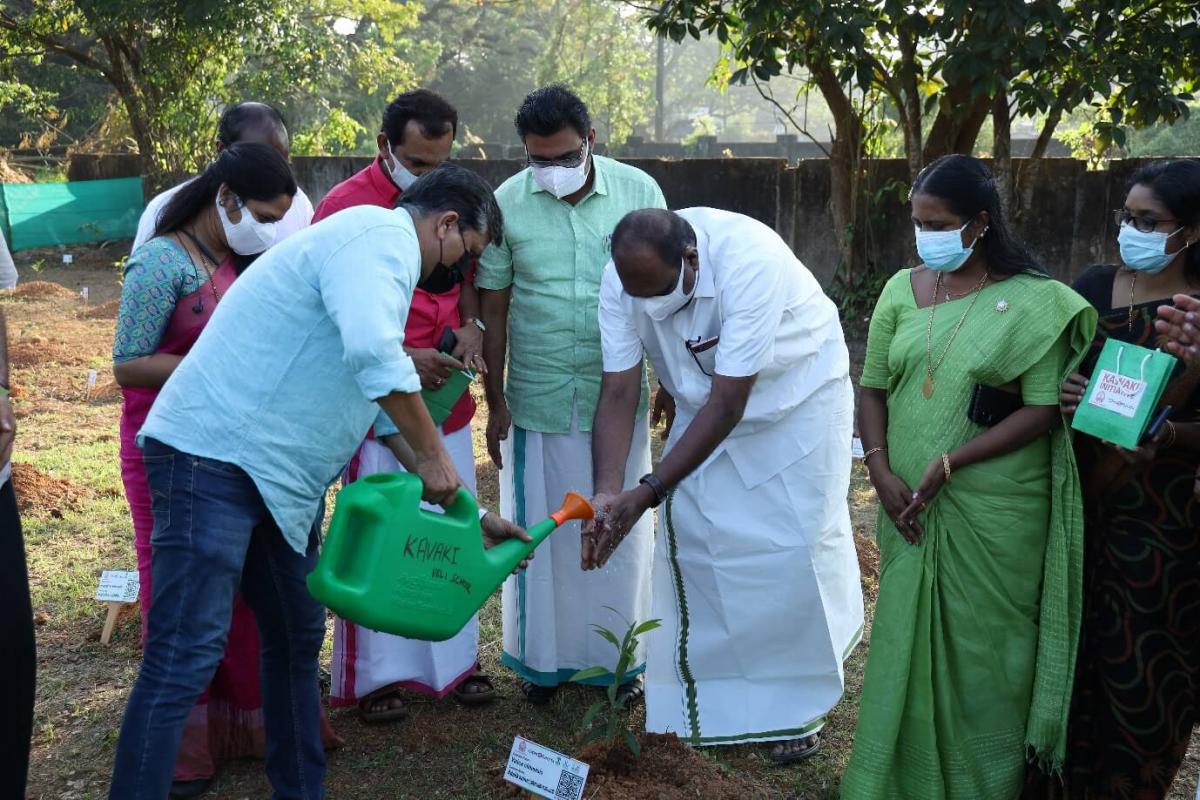
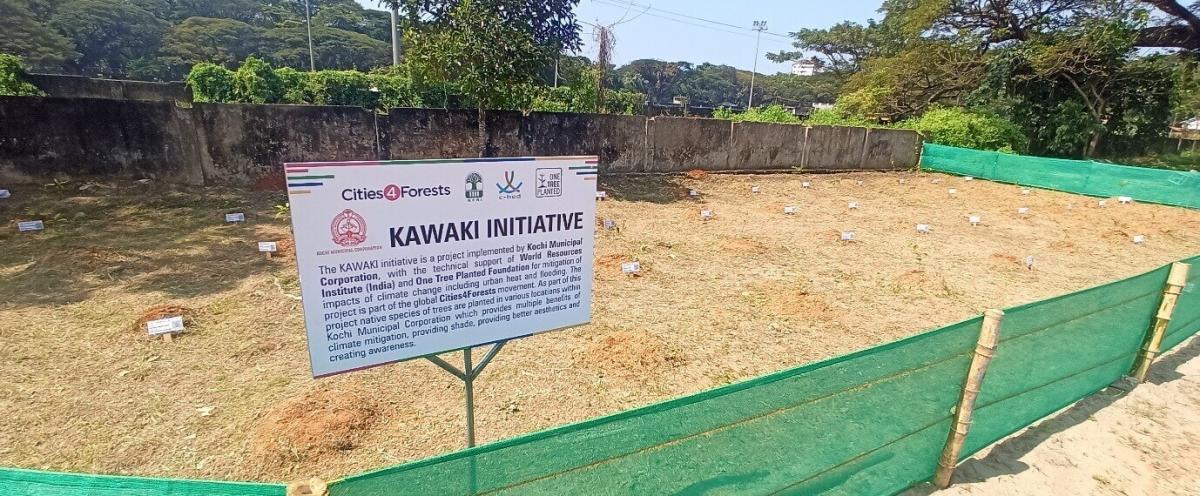
The idea behind developing these Kawaki forests is that they aim to provide benefits like flood mitigation, biodiversity habitats, recreational spaces, etc., in addition to heat mitigation. The planting style is such that it allows access to public ensuring that forests also serve as an open space for leisure and recreation. Since Kawaki forests are more densely packed with trees compared to public parks, it also ensures thicker tree canopies resulting in better heat reduction and carbon sequestration. The multicultural approach using selected native trees ensures better biodiversity and also better survival rates. In addition, these sites conserve soil and guarantee percolation of more rainwater into the ground. As Kochi continues to lose its pervious surfaces at an alarming rate because of rapid urbanization and changing land cover patterns, conservation of these natural sinks will prove worthy for flood mitigation over time.
Developing local stakeholder enthusiasm is key to the success of such initiatives. Stakeholders are driven by different interests in tree-based interventions which can be tapped into to build synergy with the project. As part of the project, school students are mentored as local champions to take care of sites. Saplings are given name tags along with QR codes to give information of species which in turn captures the interest of youth and students.
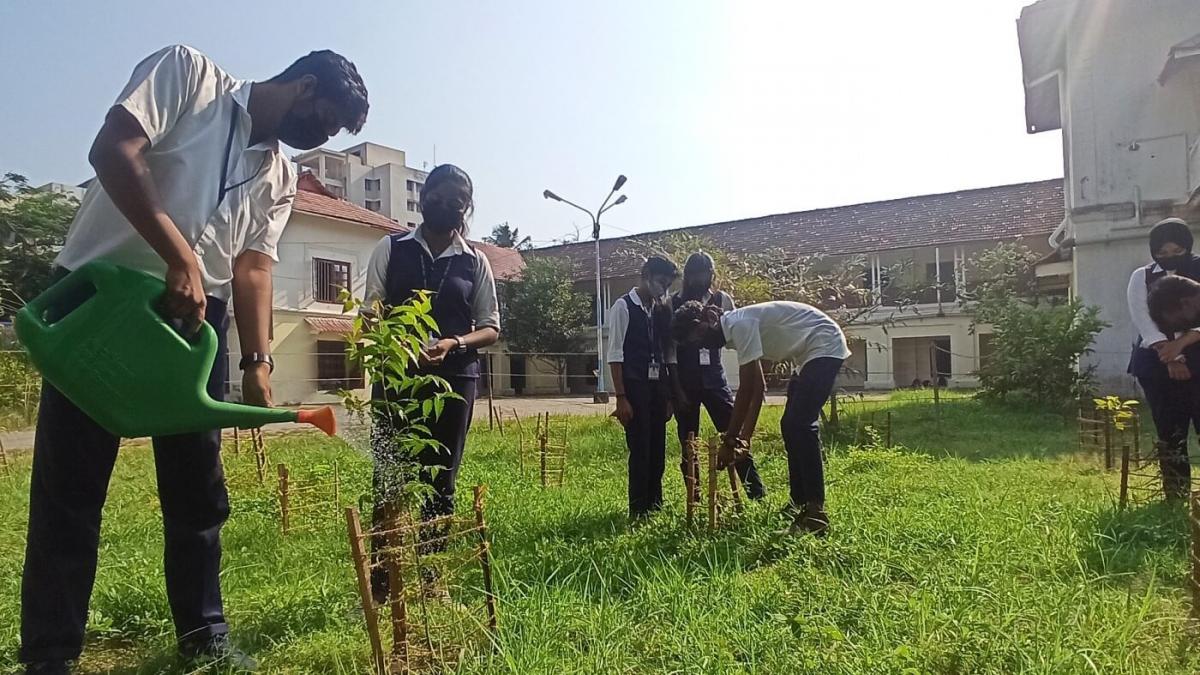
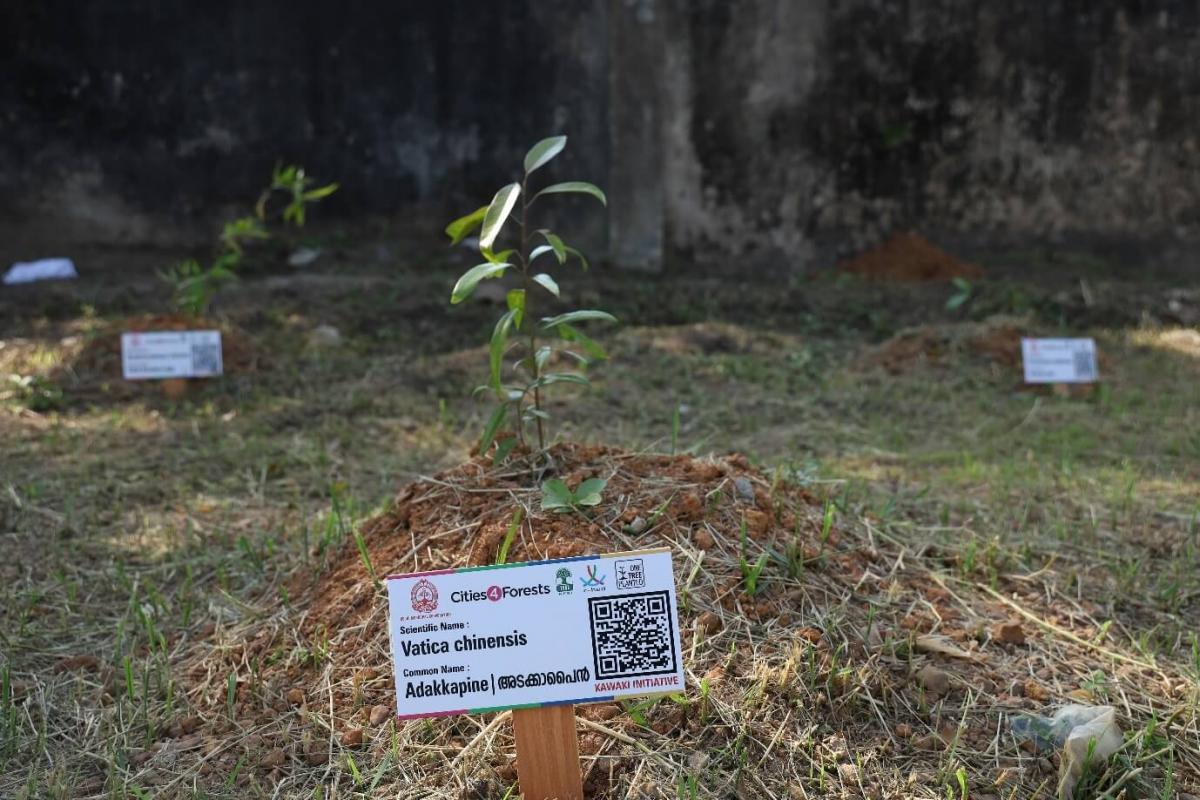
Similarly, at the Cothalango Brothers care home for the differently abled, residents were given special training to plant and take care of the Kawaki site. The campus, now home to more than 400 native trees, will not only provide shade to residents but also provide space for recreation and engagement which helps them stay mentally well and active.
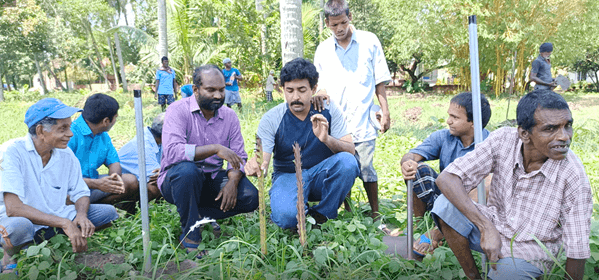
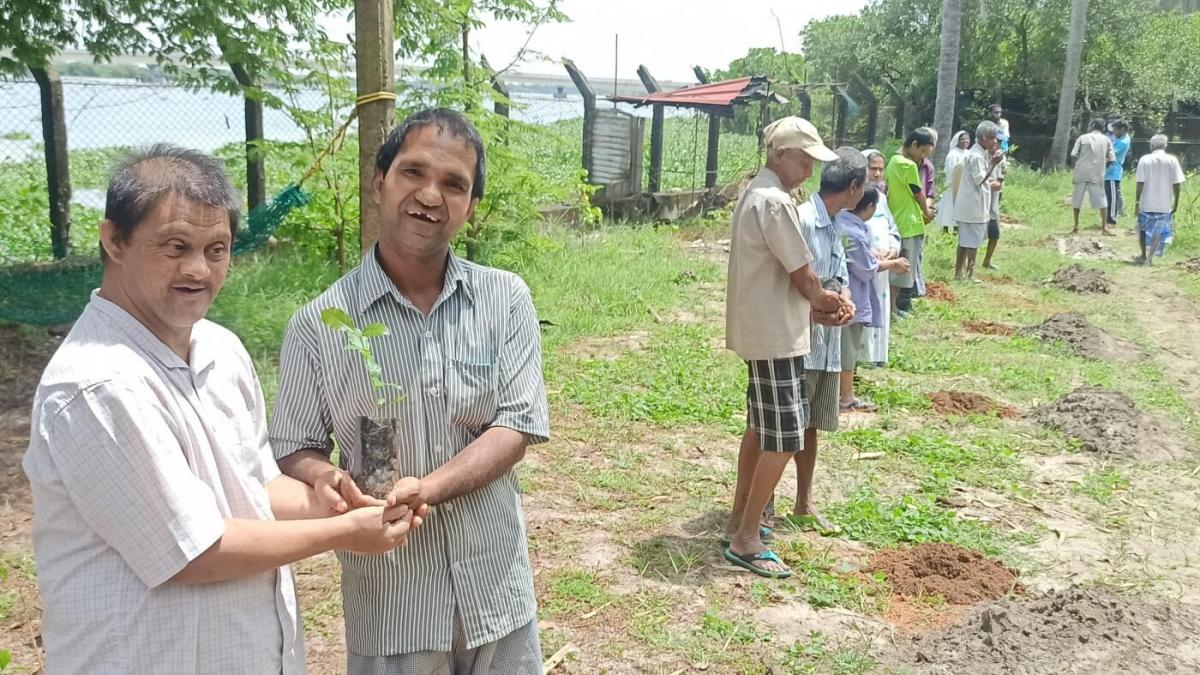
Kudumbashree, a community organization of Neighborhood Groups (NHGs) of women in Kerala, is active in many parts of Kochi. The members of Kudumbashree are already empowered and trained for agricultural activities. The Kawaki project used their potential as a community resource. At a public crematorium in Palluruthy and a government school in Edapally, Kudumbashree volunteers led activities related to cleaning, site preparation and planting. The work of volunteers is also compensated through the National Rural Employment Guarantee Scheme (NREGS) by KMC. If regional partnerships and collaborations are developed, this model can be used to scale up urban greening activities across the state.
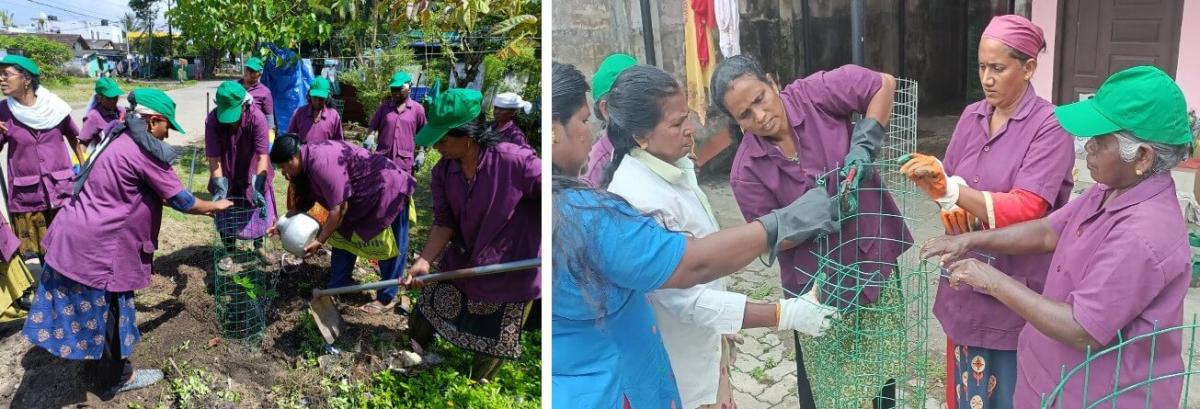
The success of developing Kawaki forests stands tall as an apt example of developing thick natural canopies in cities that do not provide many such options due to lack of space. Understanding the need of the society, interests of stakeholders, tapping into regional resources, and creating sustainable community networks are key motivating factors behind the Kawaki program.
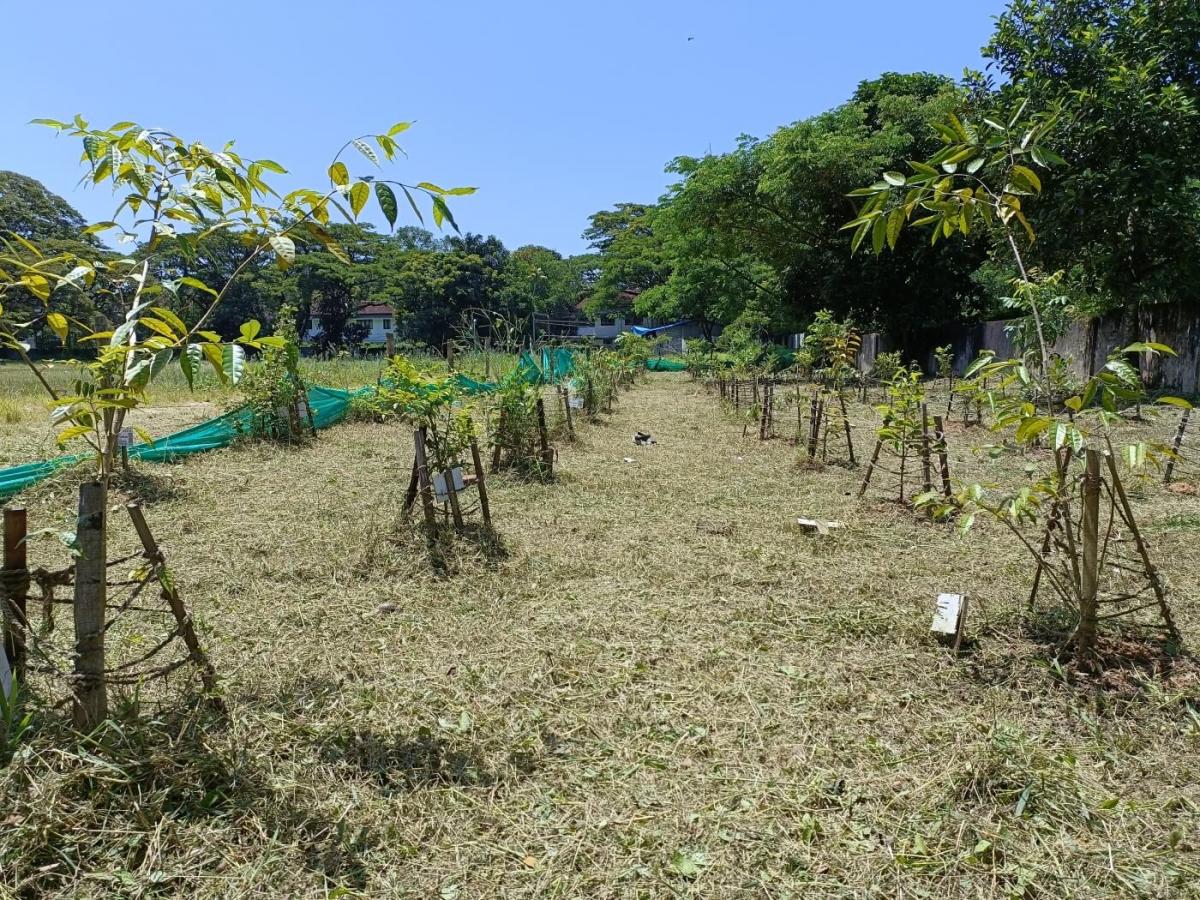
Unlike many other urban greening programs, the Kawaki initiative is data-based, scientifically reviewed, and sustainably implemented, ensuring long life and maintenance. The program also reminds that a strategic methodology should be followed even for an exercise considered as simple as tree planting to secure sustainability and also contribute to climate resilience.
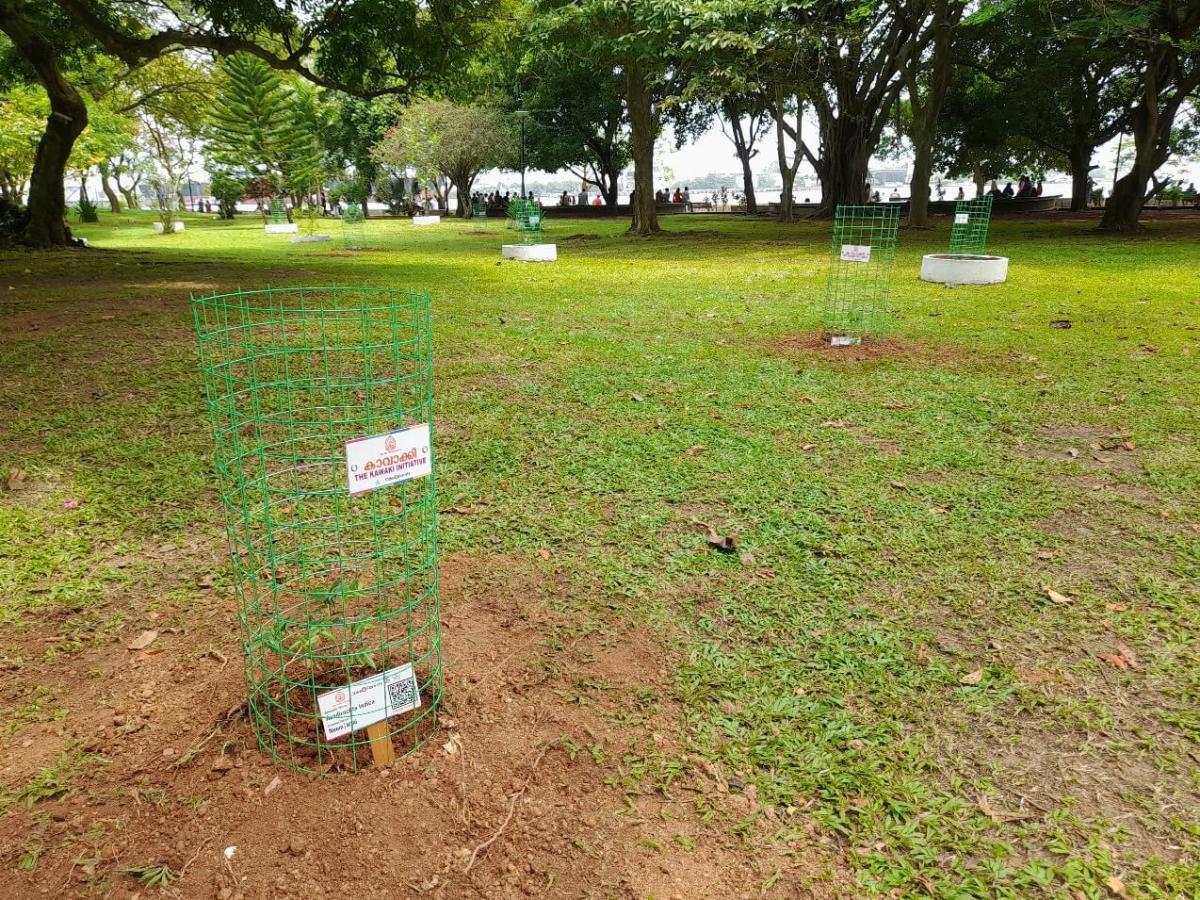
The trees planted under this model, once fully grown, will provide heat and flood resilience (among other benefits). Under the program, multiple other spaces have been identified all around the city with the potential for a different type of tree plantation, that can contribute to better climate resilience.
As the city rapidly expands, there is a need for conserving and adding much more blue-green infrastructure. Reimagining Kochi with many of its urban Kawus (grooves) is a major step towards shaping a resilient Kochi. The city authorities have already identified the need for such initiatives and added Kawaki to their municipal budget. But in order to scale up the initiative to other parts of the city (including adoption in other Indian cities), it requires much more administrative will, city-level awareness, and more institutional-level capacity building for which the success stories can become a tool and source of motivation.
All photographs by Achu Sekhar, WRI India.
Views are personal.
